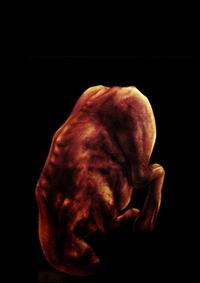

Austral J Zool 5:1–12īray JR, Curtis CT (1957) An ordination of the upland forest communities of southern Wisconsin. NY State Coll Forest Syracuse Univ Tech Publ 17:1–269īornemissza GF (1957) An analysis of arthropod succession in carrion and the effect of its decomposition on the soil fauna. J Anim Ecol 46:783–798īlackman MW, Stage HH (1924) On the succession of insects living in the bark and wood of dying, dead and decaying hickory. J Entomol (A) 48:1–9īeaver RA (1977) Non-equilibrium “island” communities: Diptera breeding in dead snails. (Diptera: Sarcophagidae) breeding in dead snails.

Entomol 105:41–52īeaver RA (1973) The effects of larval competition on puparial size in Sarcophaga spp.

Biology of the species found in Cepaea nemoralis (L.). Academic Press, pp 1–55īeaver RA (1972) Ecological studies on Diptera breeding in dead snails. In: MacFadyen A, Ford ED (eds) Advances in Ecological Research, vol 14. Wilson Bull 72:156–181īeals EW (1984) Bray-Curtis ordination: An effective strategy for analysis of multivariate ecological data.

Ann Rev Ecol Syst 16:39–61īeals EW (1960) Forest bird communities in the Apostle Islands of Wisconsin. Can J Zool 60:1314–1325Īustin MP (1985) Continuum concept, ordination methods, and niche theory. Appl Ent Zool 17:301–307Īnderson RS (1982) Resource partitioning in the carrion beetle (Coleoptera: Silphidae) fauna of southern Ontario: ecological and evolutionary considerations. However, ecologists and forensic entomologists should be alerted to the inadequacies of decay stages in summarizing patterns of faunal succession in carrion arthropod investigations.Ībell DH, Wasti SS, Hartmann GC (1982) Saprophagous arthropod fauna associated with turtle carrion. Named decay stages may have descriptive utility in carrion studies. We found at least 27 additional episodes involving compositional differences in the fauna not recorded by the authors. Collectively, the authors of published studies identified 29 decay stage boundaries of these, only 14 were associated with major faunal changes. In only five studies the ordination analysis revealed recognizable clusters representing discrete faunal seres none of these, however, completely supported a stage-based view of faunal succession. The carrion arthropod community develops primarily as a continuum of gradual change: rapid at first, slow during peak activity, and erratic in the final days as carcass resources become depleted. Patterns of species change, computed day to day community similarity, polar ordination, and other statistics were used to discern successional trends and correspondence with named decay stages from eleven carrion arthropod studies.


 0 kommentar(er)
0 kommentar(er)
